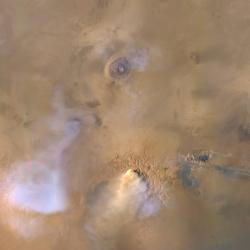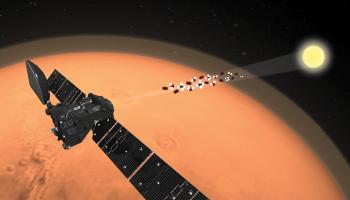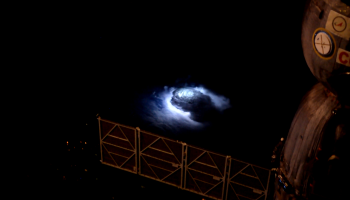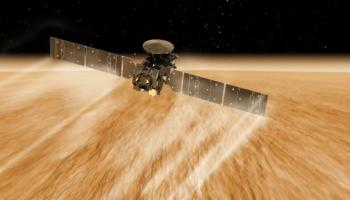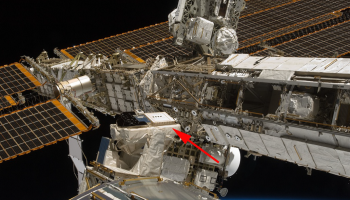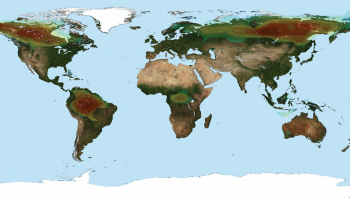We are experiencing a period in which the population is crying out for 'Action for the Climate'. We believe that it is our role as scientists to support the debate with objective scientific information, and also that it is our role, as a conscientious citizen, to contribute to the reflections on how we can adapt our lifestyle and our way of working to contribute to a climate-neutral society, and to translate these reflections into action.
Today, the prestigious journal Nature publishes two papers describing the first results of the Belgian NOMAD instrument on board ExoMars Trace Gas Orbiter. New evidence of the impact of the recent planet-encompassing dust storm on water in the atmosphere, including the first vertical measurements of semiheavy water on Mars, and a surprising lack of methane, are among the scientific highlights of the ExoMars Trace Gas Orbiter’s first year in orbit. Principal Investigator of the NOMAD instrument, Ann Carine Vandaele at the Royal Belgian Institute for Space Aeronomy is delighted with these results.
On Friday, April 13, 2018, the Danish ASIM experiment was installed on the outside of the European Columbus module of the ISS International Space Station. The instrument gives us insight into the luminous phenomena that take place over violent thunderstorms. The Belgian B.USOC is responsible for the infrastructure and operations of ASIM.
Formic acid contributes significantly to acid rain in remote environments. Direct sources of formic acid include human activities, biomass burning and plant leaves. Aside from these direct sources, sunlight-induced oxidation of non-methane hydrocarbons (largely of biogenic origin) is probably the largest source.

